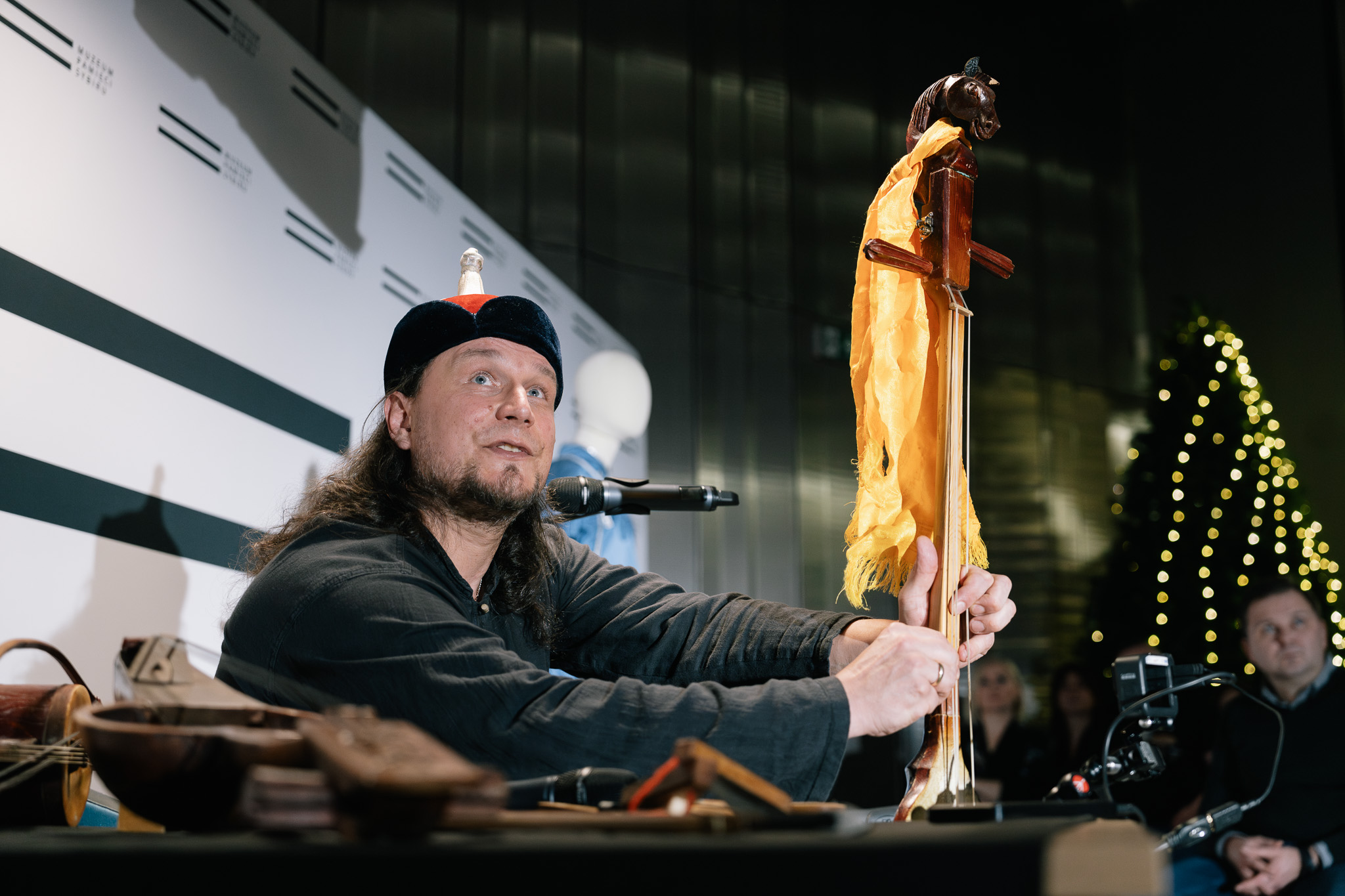Bartłomiej Pałyga plays many instruments from various cultural areas. He started his career in the Yerba Mater band, which performed improvised music from India and Persia. In 2003, he won the New Tradition Festival organized by Radio Poland with this band. Ten years later, he won the Grand Prix of the same Festival, this time with the band Cicha & Spółka. Additionally, he was awarded with an individual award, the Golden Gęśle, for the best instrumentalist.
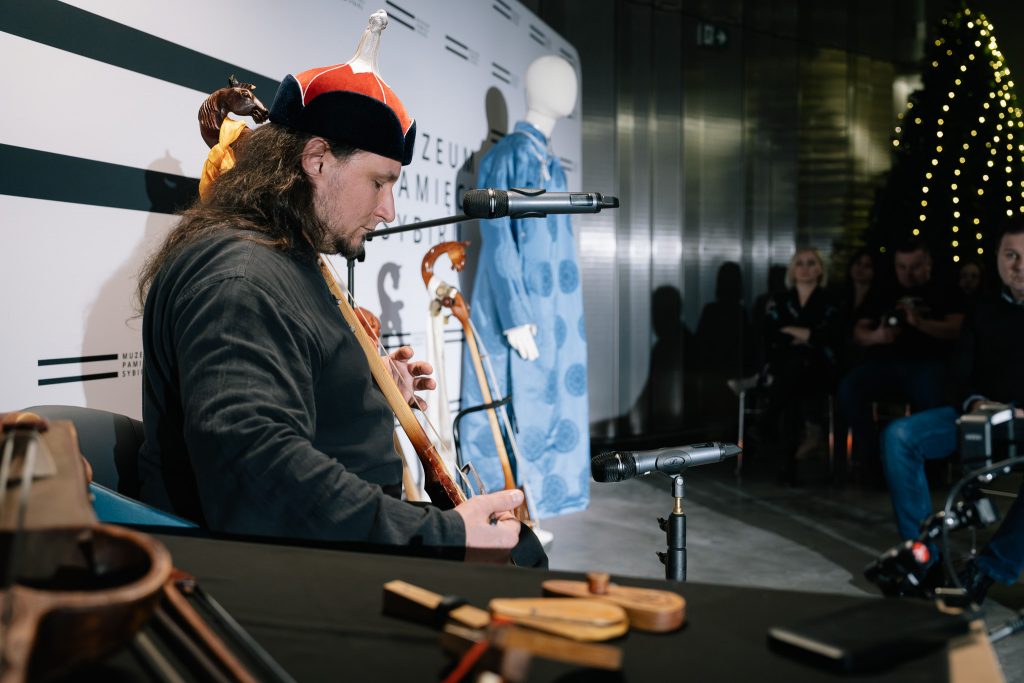
Pałyga is a musical experimenter, performing both Polish and Middle and Far Eastern music. He plays the cello, suka, kamancheh, sārangī, talharpa, kobyz, Jew’s harp and flutes and drums from various traditions.
He’s performed and recorded music with such famous artists as Maria Pomianowska, Gendos, Masala, Village Kollektiv, Karolina Cicha. He conducts workshops and programs.
He arrived at the Sybir Memorial Museum by car filled with instruments from the countries of Central Asia, where nomadic nations once created a special musical idiom. The largest collection was associated with Tuva, a South Siberian republic that is part of the Russian Federation; the musician went there years ago. — At the beginning of the 21st century, as it sounds today… — he laughed.
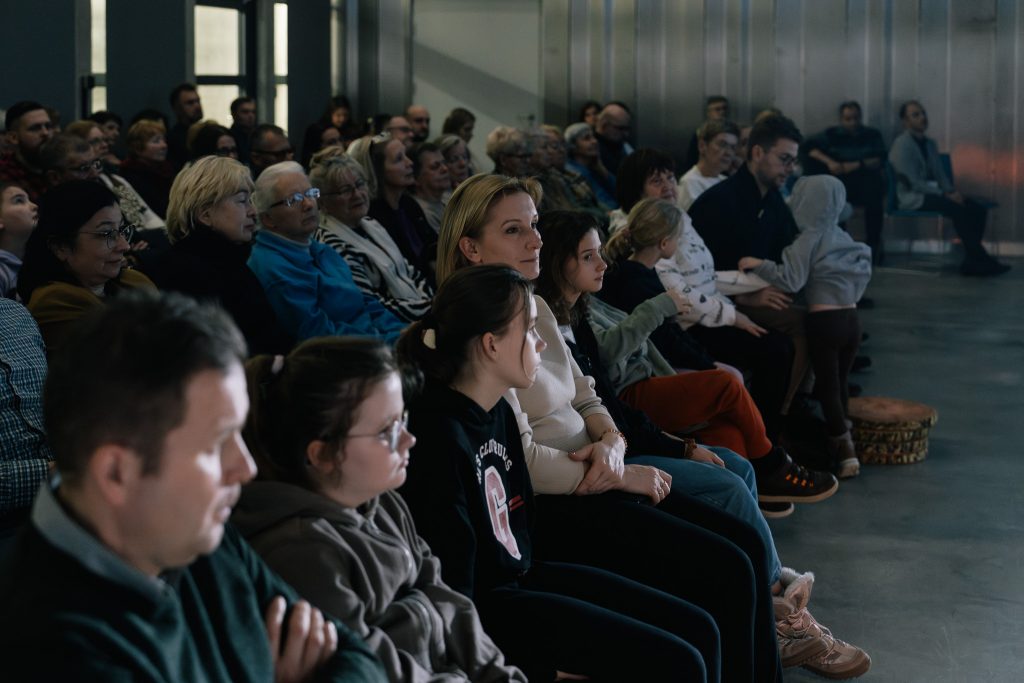
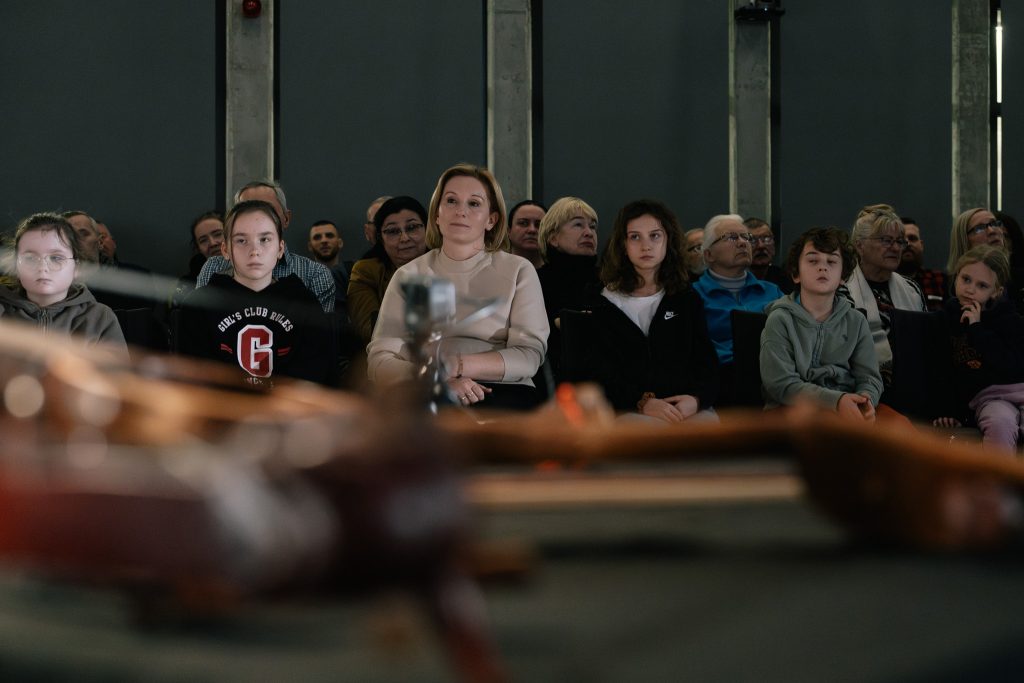
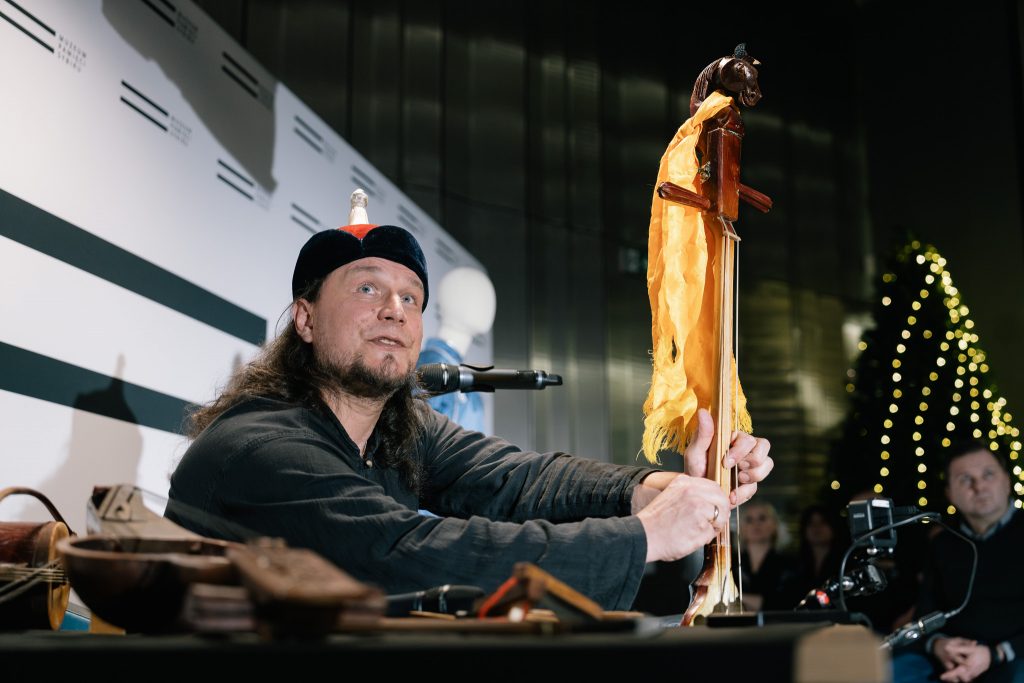
Pałyga presented, among others: the igil, a two-stringed Tuvan musical instrument with a sounding board covered with leather, with a long neck crowned with a horse’s head — The horse is very important to the Tuvan people, thanks to it they can survive in difficult conditions.
The instrumentalist also brought the Mongolian version of this instrument, i.e. morin khuur — the wooden one with a stronger sound.
He also played the byzaanchy, an instrument with four strings made of hair, between which the bristles of the bow are inserted. This allows you to achieve the effect of doubling the sounds. — It seems that we hear two musicians — said Pałyga.
He also played the jewfish and the Kazakh kobyz with an open sound bowl.
Tuvan music is a reflection of their animalistic beliefs, traditions and way of life. It captures the sounds of nature: the thunder of a horse, the whistle of the wind, the gurgle of a stream. — Their songs also talk about this — said Pałyga. — If not about the lost land, then about the joy of riding through the steppe, the wind, life. They are poor people, they didn’t have much before Russia conquered them, and they didn’t get rich even under Russia — said the musician.
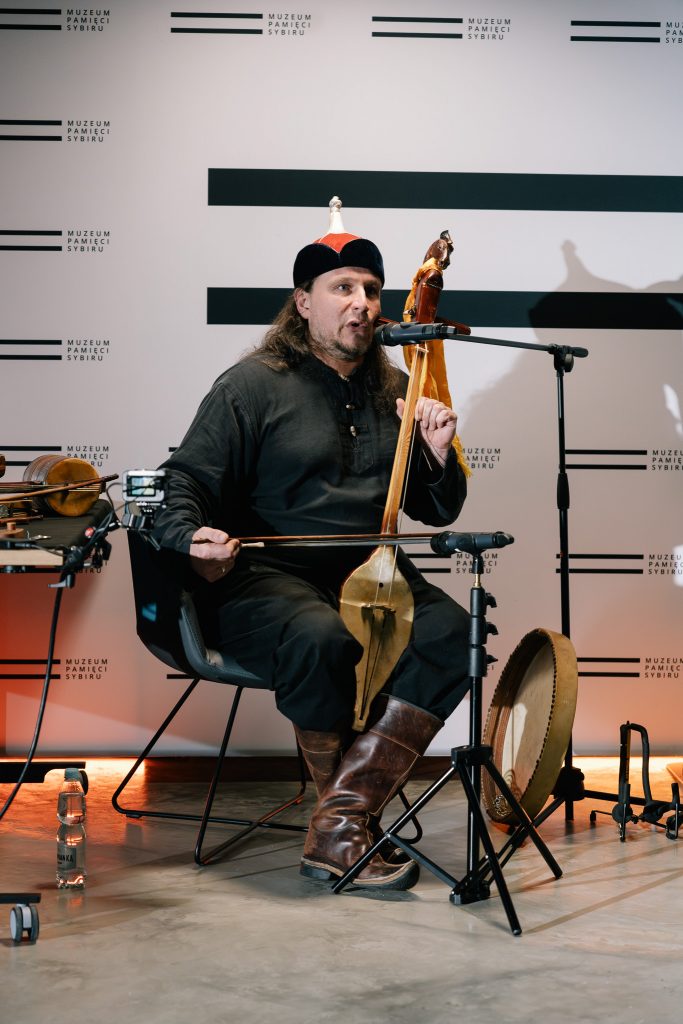
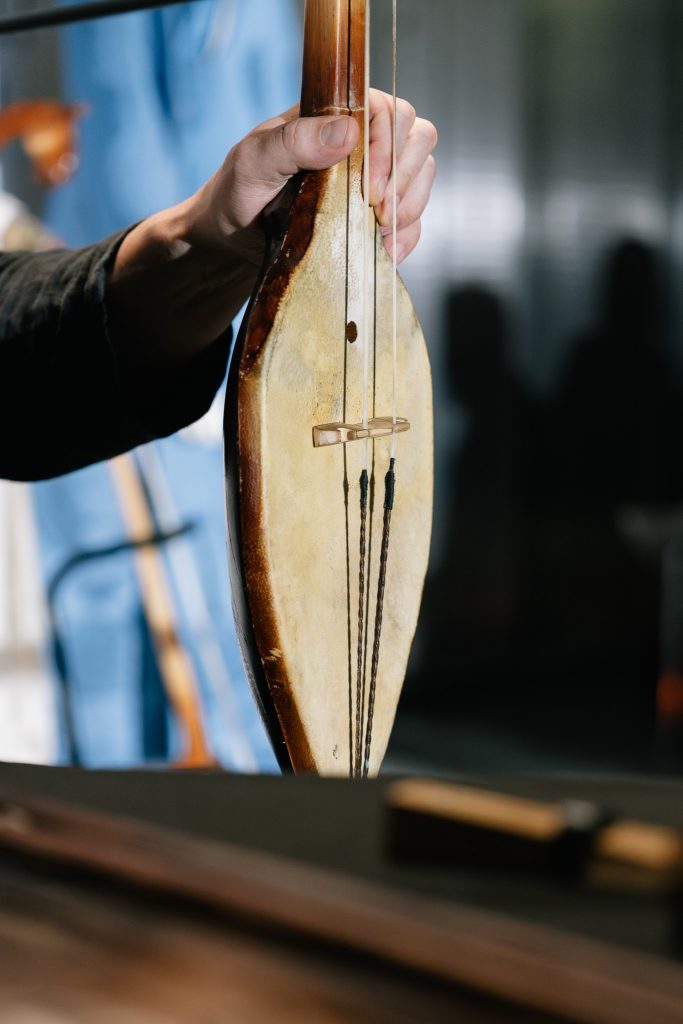
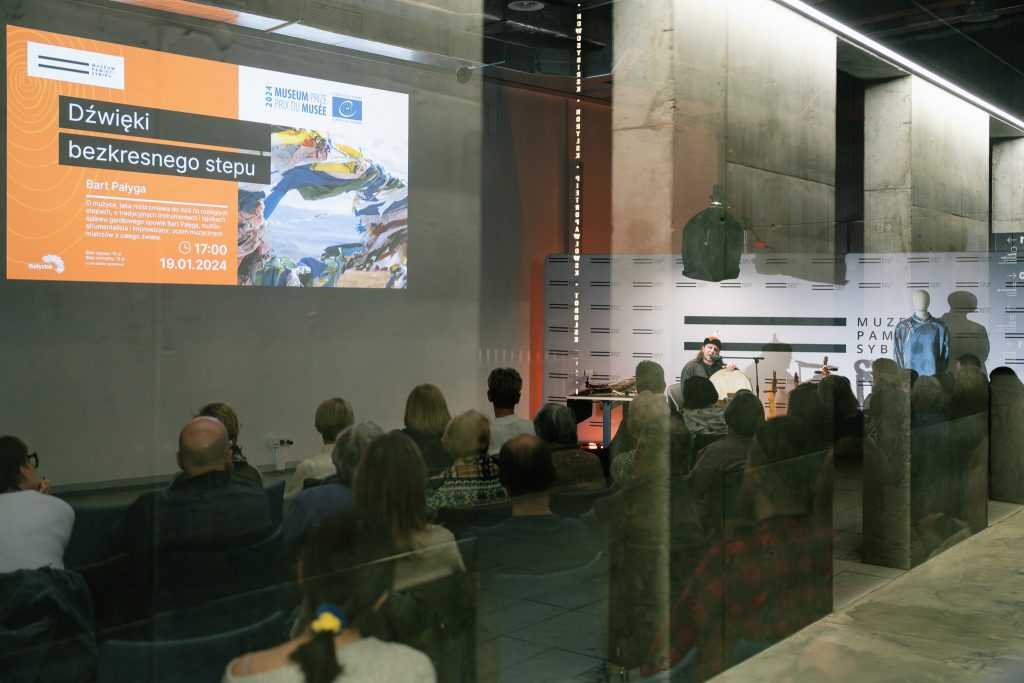
However, what impressed everyone the most, were the different types of throat singing presented by Bart Pałyga: khoomei, sygyt and kargyraa and their varieties — borbangnadyr, chylandyk and ezenggileer.
Having wanted to learn these techniques he once went to Tuva with a friend.
— It was July, we were prepared for Siberian summer heat. There it was 10 degrees. When we reached the manager of the community center recommended to us and asked to get us in touch with local musicians, we heard that they were all… in Europe. Because it’s summer and they went to earn money. There was one left, from Ensemble Tuva, because his wife was pregnant.
They met with Żenia and introduced their skills to him. — Oh, it’s nice to sing here in Poland, he said — Pałyga reported. Because that’s not how Tuvans sing.
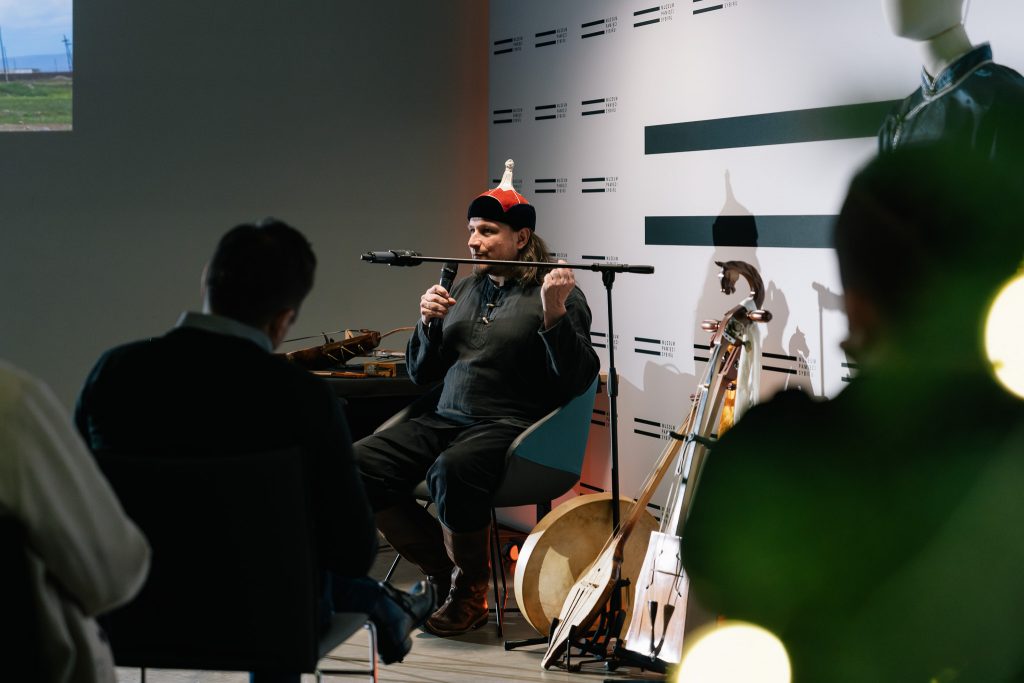
It was not easy to learn anything from Żenia. — We got him so riled up with questions and wanted him to explain it to us. But he couldn’t. Because no one taught him, it was just his grandfather, father, and himself who sang. This is our European way of thinking — go to a specialist, to a master so he can explain it to us — Pałyga said. — But in the end he told us: ‘You have to swallow the sound.’
— It was the only information we received on this trip, but we were not disappointed. Because it’s true, in order to sing overtones, you have to swallow that initial, strong sound in some way — he explained.
— Sounds like a camel! — someone from the audience called.
Bart Pałyga talked about how difficult and time-consuming it is to learn overtone singing:
— When the Huun-Huur-Tu band was in Poland, my friend and I went to the dressing room with a gift. They are hospitable people, we spent a few hours there. I sang to them as best I could. One of them said, ‘You’ll be good in 10 years.’
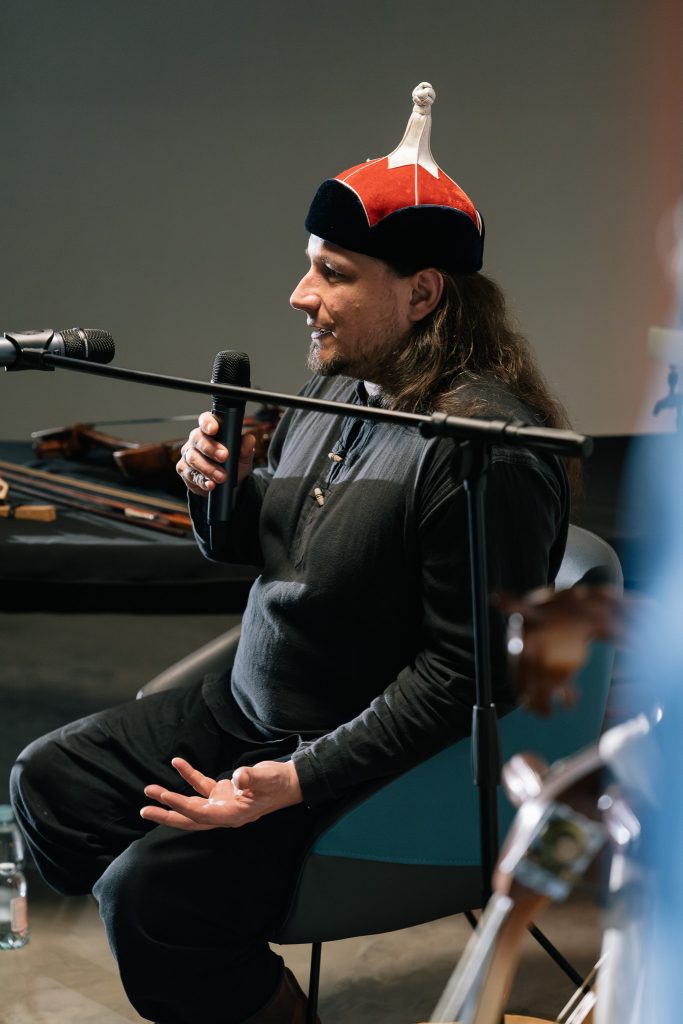
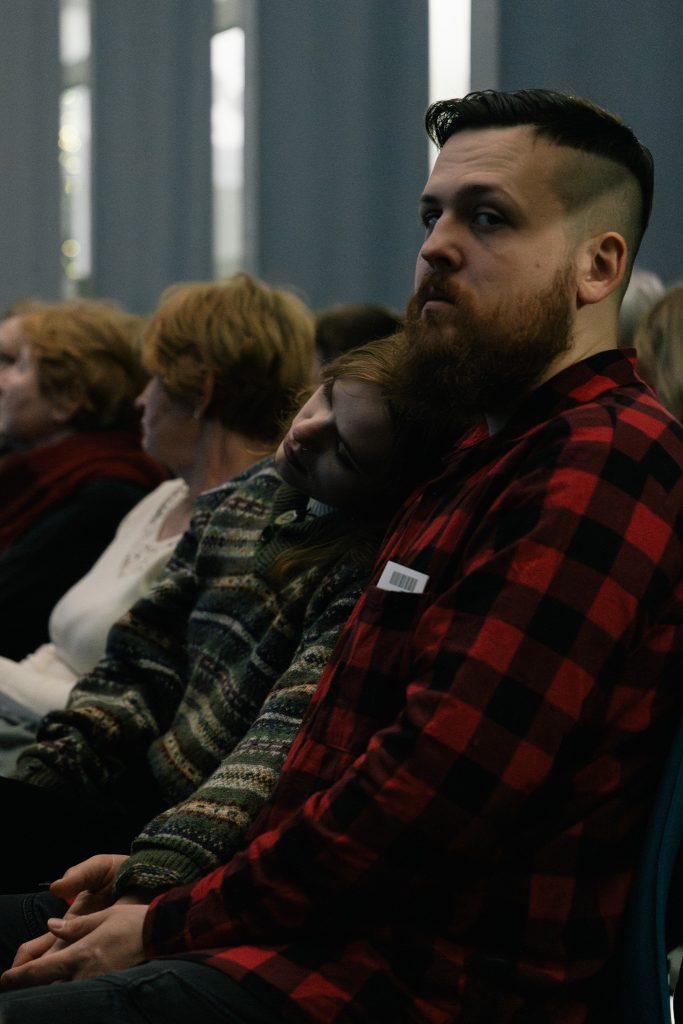
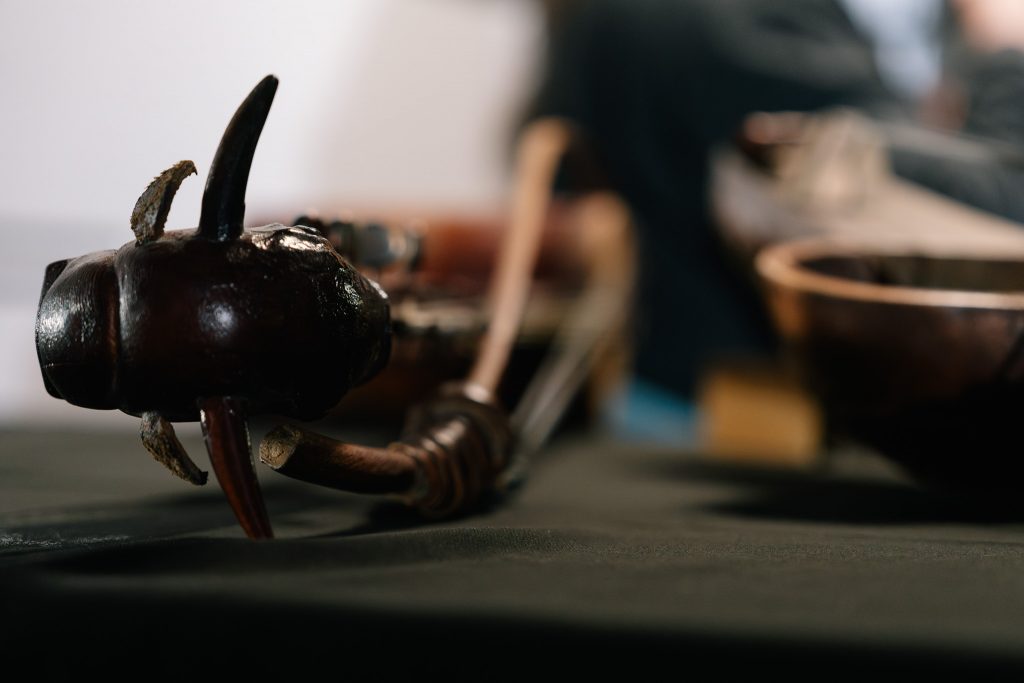
Since then, Bart Pałyga has been practicing all the time. — I can produce three sounds at the same time, the masters can produce four — he admitted.
— I was fascinated by sound, then I became interested in that culture. Today we can learn a lot without leaving home, thanks to the Internet. I started with two cassettes…
Asked by the audience how he learned to play so many instruments, he said:
— As my wife says, people are divided into self-taught and uneducated. If there is passion and enthusiasm, you will learn. I didn’t do it for the money — he laughed, pointing to his instruments.




